How to Reset a Windows PC to Factory [Windows 7, 8, 10, 11]
Resetting a Windows computer to factory settings refers to restoring the PC's system, software, data and settings to the factory state. This can solve issues caused by system damage, virus infection, slow operation, etc. After resetting factory settings, the computer will be used like a new one. Still, all personal data will also be deleted, so be sure to back up important data before performing this operation. According to different operating systems and situations, the methods for factory reset also vary. This article will introduce two easy-to-use ways of resetting Windows PC to factory and show the corresponding steps.

In this article:
Part 1. Preparations to Do Before Windows Factory Reset
As the resetting process will lose all your data, here are several things you must do before:
• Backup your data: First, you should sync all your data. The reset process will remove all your personal files that were saved on this computer before. There are many options for backing up. You can choose a third-party cloud like Google Drive or an external drive.
• List your software: It will remove all your installed applications after resetting. If you still wish to use them, take note of all important software and perform backup operations.
• Ensure your serial keys: Before resetting, the serial key is essential if you have a paid license for the installed software; you'll need it to log in again on the new system and enjoy the full version.
• Log out of your Windows accounts: Login options in Windows are used for various purposes to enhance user account security and convenience. Thus, it's important to sign out of your account to save all your personal information. If you don't want to use this account anymore, you can also delete the administrator account on your Windows PC.
Part 2. How to Factory Reset a Windows PC
Windows' built-in Settings can help you with how to reset Windows PC. Follow the step-by-step guide if you own a Windows 7, 8, 10, or 11.
Reset Windows 7:
Open the store menu and type in the control panel. Choose the first one from the list.

Go underneath the System and Security area on the left side of the interface, and left-click on Back up your computer.
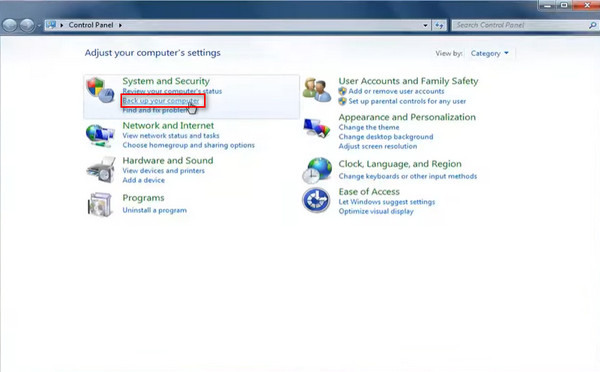
If you have backed up before, choose Recover system settings on your computer for a complete system refresh.

If you already have a DVD inserted into the computer, click the Reinstall Windows option. Then, click Yes in the new pop-up window.
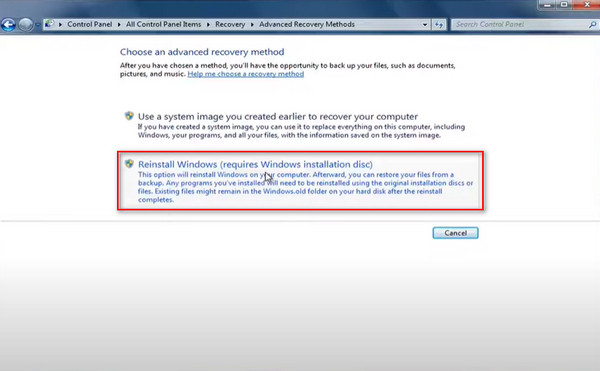
Skip the backup prompt. Click Restart to start resetting computer windows 7 to factory settings.
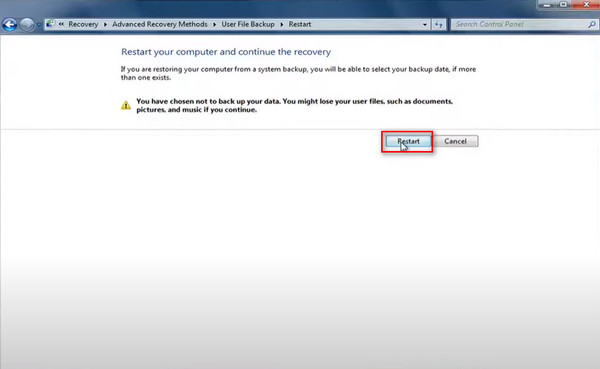
After Windows finishes loading files, you can select a keyboard input method and click Yes to reinstall Windows.
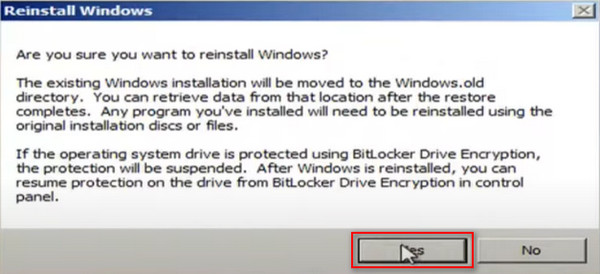
Reset Windows 8:
Go to the upper right corner, scroll down to Settings, and choose Change PC settings.
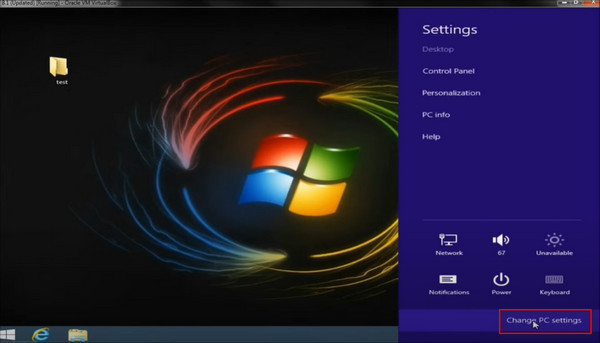
On the PC settings page, select the Update and Recovery option at the bottom left.
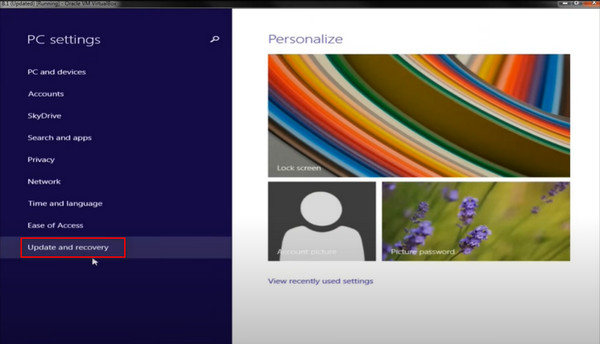
Then, go to the Recovery section. You can see the prompt to reset factory settings below Remove everything and reinstall Windows, tap on the Get Started tab under it.
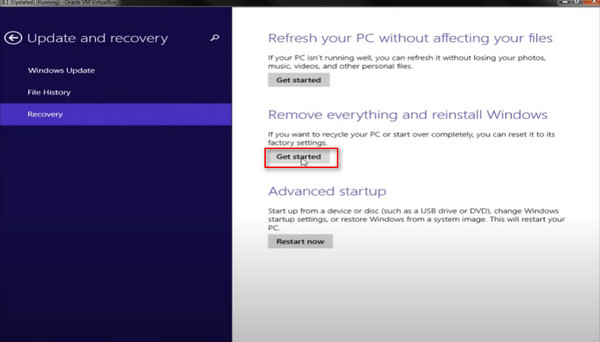
A pop-up window will tell you what will happen when you reset the PC. Click Yes. You will then have two options: just removing your files or fully cleaning your drive. Choose the second one and click the Reset button to start.
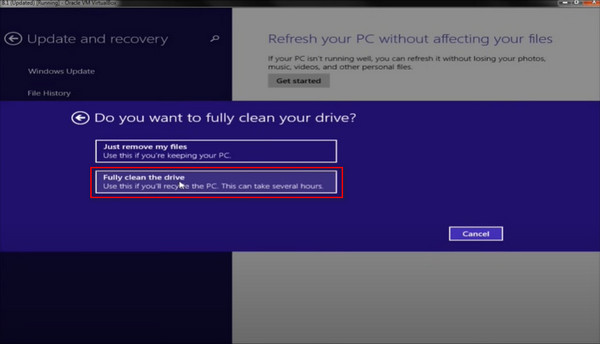
Reset Windows 10:
Windows Boot Manager is a key component for loading the operating system when the computer starts. It provides a menu allowing users to select the operating system to boot. Thus, you can also process a Windows 10 factory reset from boot.
Open the start menu, select Power, press and hold the Shift key on your keyboard and then select Restart.

Your computer will then restart in the Windows Recovery Environment. Choose the Troubleshoot section to continue.
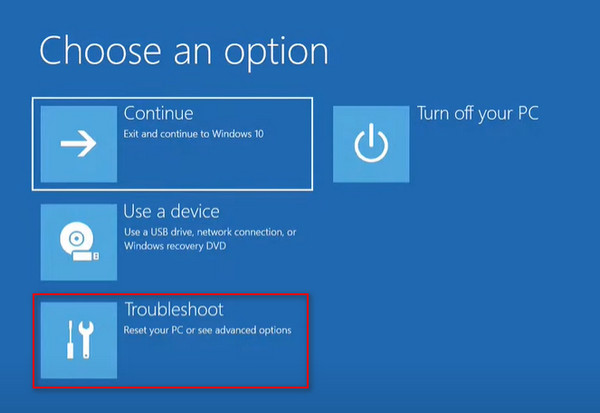
Then, you reach the Reset this PC option in the Windows Recovery Environment and select it.
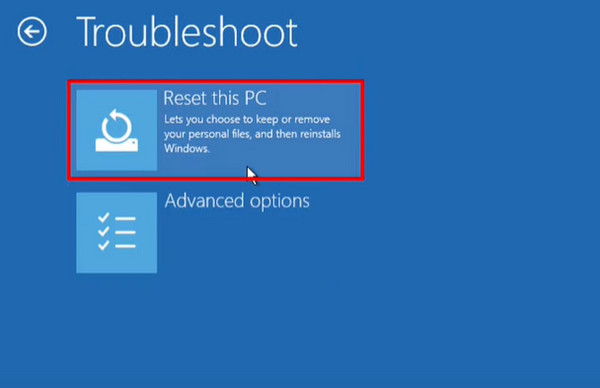
At this point, you have two options: Keep my files or Remove everything. The only difference is that the first choice allows you to keep your personal files stored in your user folders.
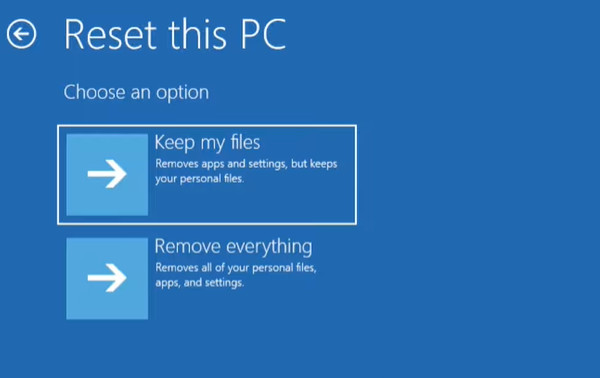
Choose the one you wanted, then select an administrator account and enter the password for this account to continue. Finally, choose the way you'd like to reinstall this PC.

The selected options are displayed for confirmation; press the Reset button to start the Windows 10 factory reset.
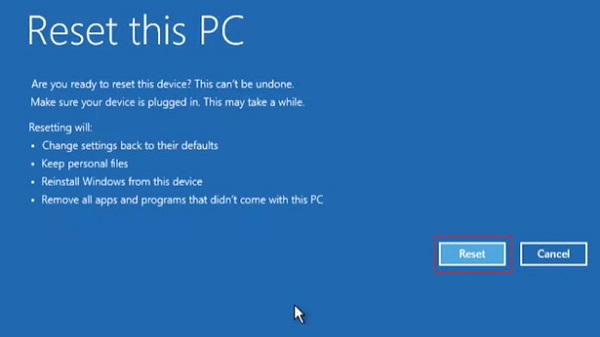
Reset Windows 11:
Right-click your Windows start button and choose Settings. Then scroll down to the main System page and click Recovery.

Under Recovery options, click Reset this PC. The options here tell you what will happen.
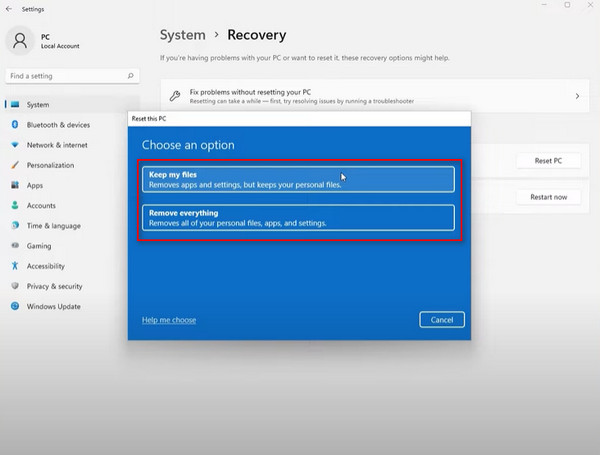
Next, there's the option of resetting either from the cloud or your computer locally
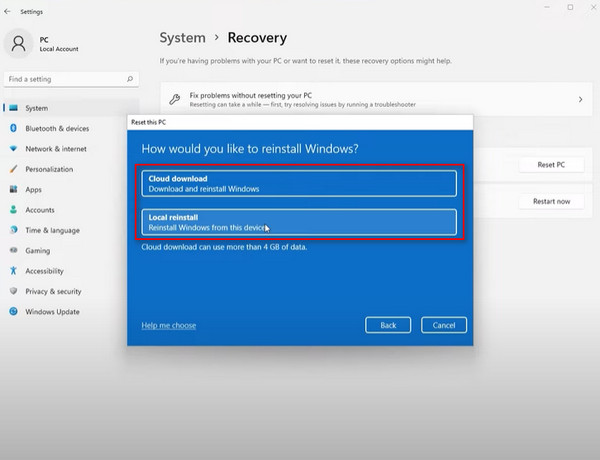
Then, you can review which apps will be removed and need to be reinstalled. Lastly, click Reset to start factory resetting Windows 11.
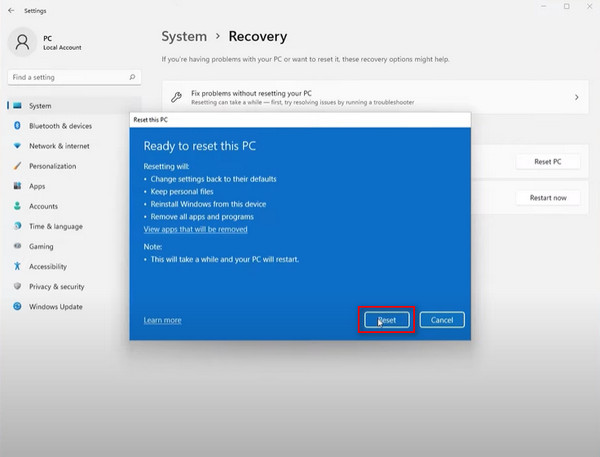
Part 3. How to Factory Reset Windows 10 Without Password
If you accidentally forgot your login password and are still worried about losing data or being unable to find the Windows Recovery Environment function on your Windows 10 PC, don't worry! There's an easy way to factory reset Windows 10 without a password: reset your password first, then reset computer settings with excellent software - imyPass Windows Password Reset. It's a professional password reset tool created to solve all the password-related problems for your Windows PC.

4,000,000+ Downloads
Compatible with Windows 11/10/8/7, Windows XP, Windows Vista, etc.
Support almost all the Windows brands, including Dell, HP, Lenovo, Samsung, etc.
Remove and reset your Windows password in seconds when you forget your Microsoft password.
No data will be lost during the operation, and all files will remain original.
Free download and install imyPass Windows Password Reset on an accessible PC, then launch it. You can insert a CD/DVD or USB flash drive into this computer to create a bootable disk.
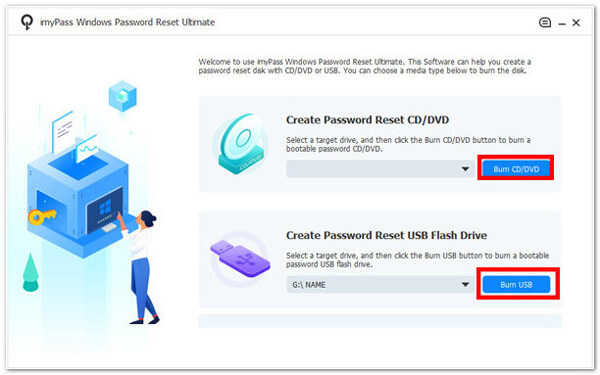
After burning, remove and plug the burned disk into your locked Windows computer. Long-press the F12 key on your keyboard until the Boot menu appears, then use the up and down arrow buttons to select the disk you just inserted, and press the Enter key to confirm.
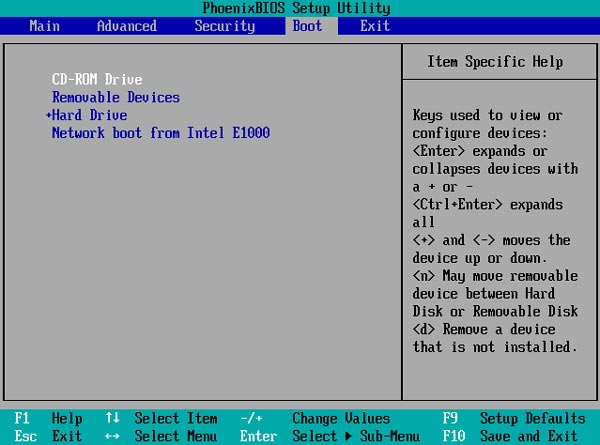
Once your locked Windows computer restarts automatically, select your Windows system and your administrator account and follow the on-screen instructions.

Then click Reset Password and confirm Yes in the pop-up window. After you set this user password to blank, just eject the burned disk and reboot your Windows computer.
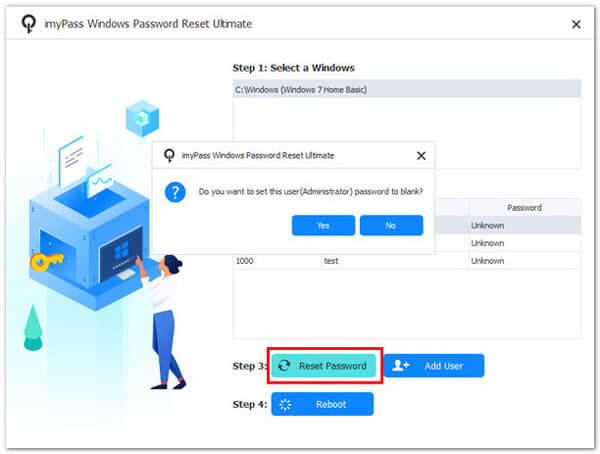
Finally, press the Add User button to enter your new account and password to log back into the computer. After that, you can reset Windows 10 to factory using the methods above.
Conclusion
Even though restoring factory settings risks data loss, there are still times when you have to do it. Now that you have persisted to the end of this article, I believe you must already know how to reset Windows PC. Moreover, if you want to reset to factory settings without a password, you cannot miss imyPass Windows Password Reset.
Hot Solutions
-
Windows Tips
-
Windows Password
-
Fix Windows
-
Password Tips

